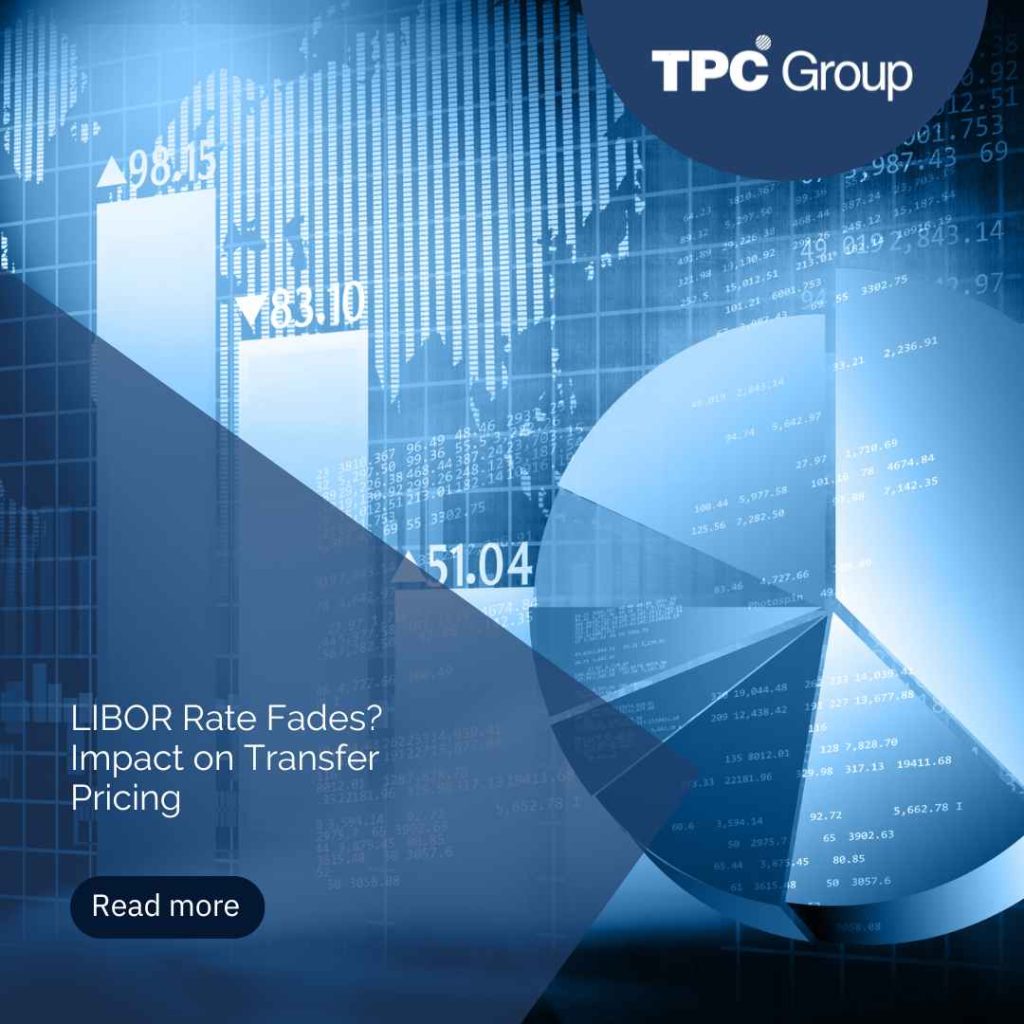What Is the LIBOR Rate?
The London Interbank Offered Rate (LIBOR) has been a key benchmark in global financial markets for decades. Discover its role and why its demise concerns businesses and regulators.
Why Is Its Fade a Concern?
The potential demise of the LIBOR Rate poses significant challenges to financial stability and risk management. We will address the implications for companies and their relation to Transfer Pricing.
Transfer Pricing Effects
Multinational companies must prepare to adjust their Transfer Pricing strategies in response to the LIBOR Rate transition. We will analyze these effects on international business operations and tax management.
Action for Business: Adapt and Prepare
Companies must understand the potential effects of the LIBOR Rate demise on their operations and take proactive steps to mitigate risks.
The SOFR as a Replacement for LIBOR
The transition from LIBOR to SOFR (Secured Overnight Financing Rate) is significant in finance. The LIBOR Rate, employed for decades as a benchmark for a wide range of financial products, has been discontinued due to concerns about its integrity and reliance on speculation. Thus, financial regulators have promoted more solid alternative rates backed by actual transactions.
The SOFR Rate, backed by the U.S. Treasury’s repurchase agreements market, has stood out as a solid and transparent alternative. It calculates overnight market transactions, making it less susceptible to manipulation and more representative of actual market conditions. In addition, due to its support of actual transactions, the SOFR provides more stability and reliability regarding LIBOR.
The transition to SOFR involves several challenges and changes for financial institutions, including updated contracts, systems, and processes. Conversely, this change represents an opportunity to strengthen the integrity and stability of the system globally and improve transparency and efficiency in financial markets.
In summary, implementing the SOFR as a replacement for LIBOR marks a significant step toward a more solid, transparent, and manipulation-resistant financial system. Financial institutions must adequately prepare for this transition and take advantage of the opportunities offered by this new standard.
Source: https://latinpyme.com/que-ha-pasado-con-la-tasa-libor-2/




